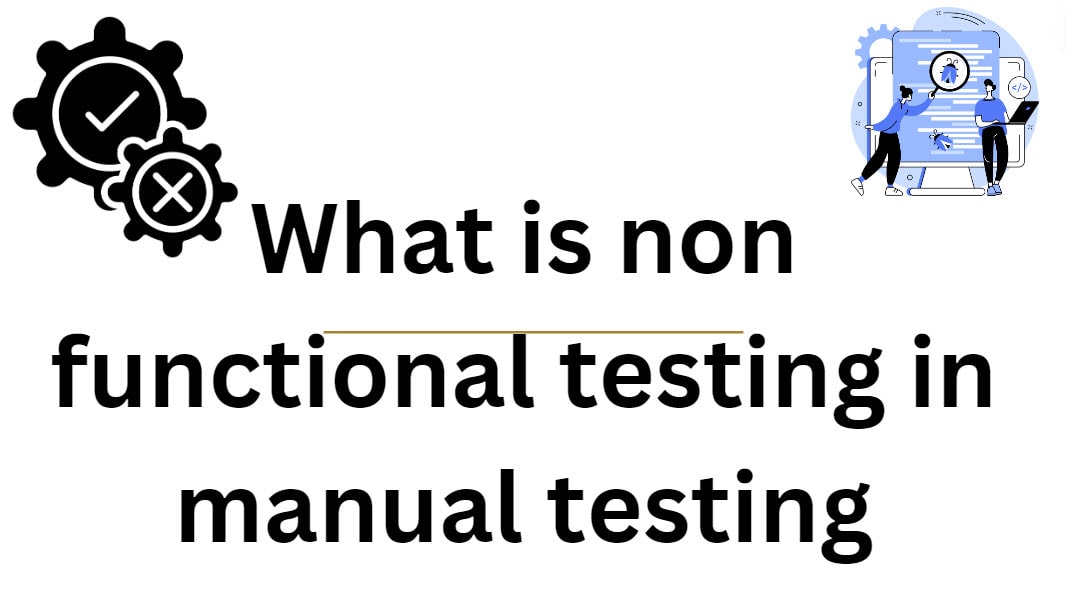Non-functional testing is a critical component of manual testing that focuses on evaluating aspects of software that go beyond basic functionality. While functional testing ensures that an application works as intended, non-functional testing assesses the software’s performance, usability, reliability, and other qualitative aspects that significantly impact user experience and overall system quality.
Key Areas of Non-Functional Testing
- Performance Testing: This involves evaluating the application’s speed, responsiveness, and stability under different load conditions. Manual testers might simulate various user loads to assess system performance and identify bottlenecks.
- Usability Testing: This focuses on the user-friendliness of the application. Testers evaluate the interface design, navigation, and overall user experience to ensure the software is intuitive and easy to use.
- Reliability Testing: This assesses the application’s ability to perform consistently under specified conditions. Testers might conduct long-duration tests to check for stability issues or unexpected behavior over time.
- Security Testing: Manual testers perform various checks to identify potential vulnerabilities and ensure the application is protected against unauthorized access and data breaches.
- Compatibility Testing: This involves testing the application across different devices, operating systems, and browsers to ensure consistent functionality and appearance.
- Scalability Testing: Testers evaluate how well the application can handle the increased workload or user base, ensuring it can grow with the business needs.
Importance of Non-Functional Testing in Manual Testing
Non-functional testing is crucial because it:
- Enhances User Experience: Non-functional testing directly impacts user satisfaction and adoption rates by focusing on aspects like performance and usability.
- Ensures System Reliability: It helps identify issues that might not be apparent during functional testing but could cause significant problems in real-world scenarios.
- Improves Security: Regular security testing as part of non-functional testing helps protect the application and user data from potential threats.
- Supports Business Goals: Non-functional testing aligns software with business objectives by ensuring the application can handle expected loads and scale as needed.
Best Practices for Manual Non-Functional Testing
- Define Clear Metrics: Establish specific, measurable criteria for non-functional aspects to reduce subjectivity.
- Use Appropriate Tools: While manual testing is the focus, utilizing tools for tasks like load generation or security scanning can enhance efficiency.
- Create Realistic Test Scenarios: Design test cases that closely mimic real-world usage patterns and conditions.
- Collaborate with Developers: Work closely with the development team to understand system architecture and potential non-functional issues.
- Continuous Learning: Stay updated with the latest non-functional testing techniques and industry standards.
You may also like following the articles below
Conclusion
Non-functional testing is a critical aspect of manual testing that ensures software not only works correctly but also meets user expectations in terms of performance, usability, and reliability. By focusing on these often-overlooked aspects, manual testers play a crucial role in delivering high-quality software that stands up to real-world demands.

My name is Madhu, and I’m a certified Test Consultant with more than 16 years of hands-on experience developing and maintaining manual and Test Automation in the Software industry. I have experience with automation tools such as Selenium, Katalon Studio, etc.
